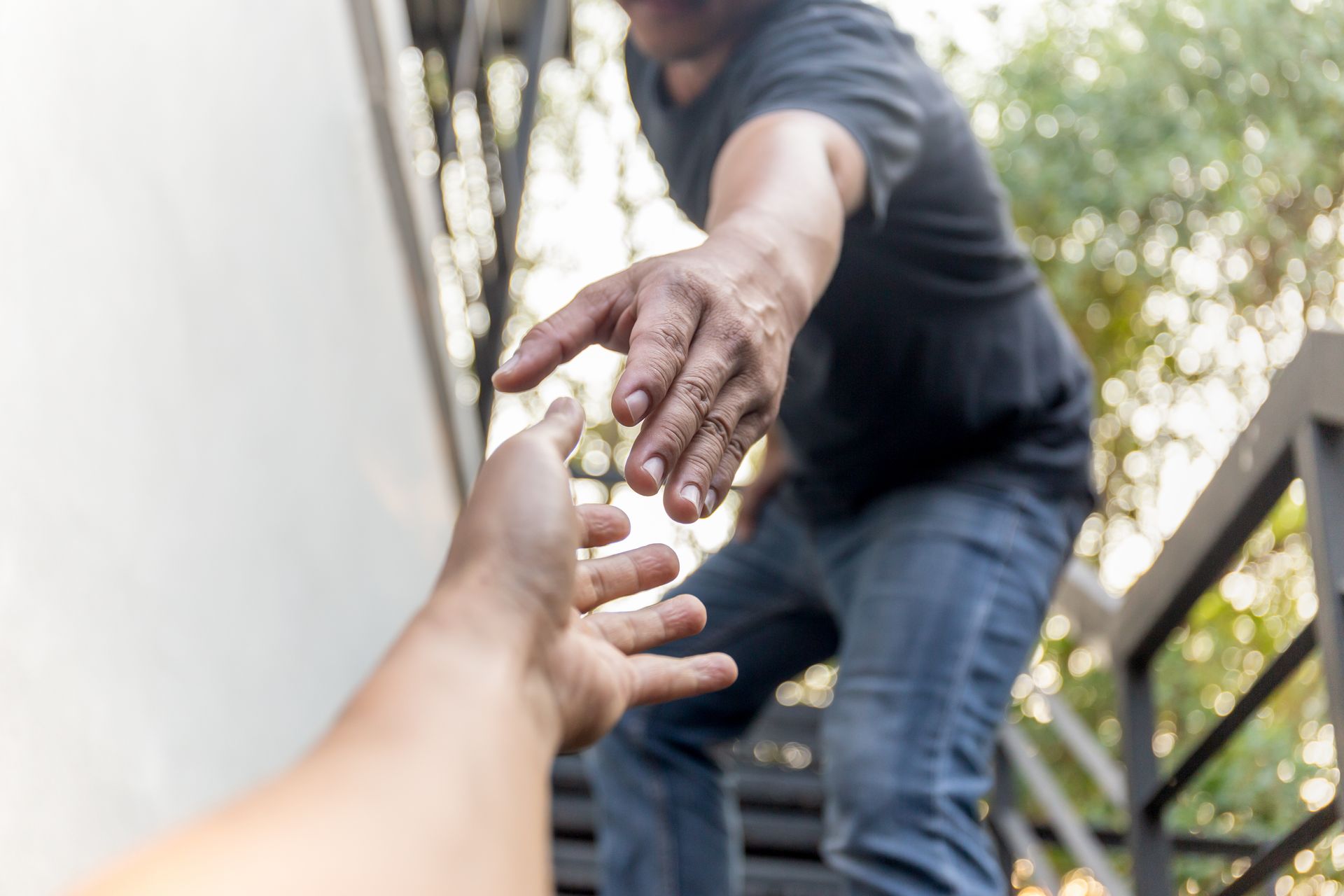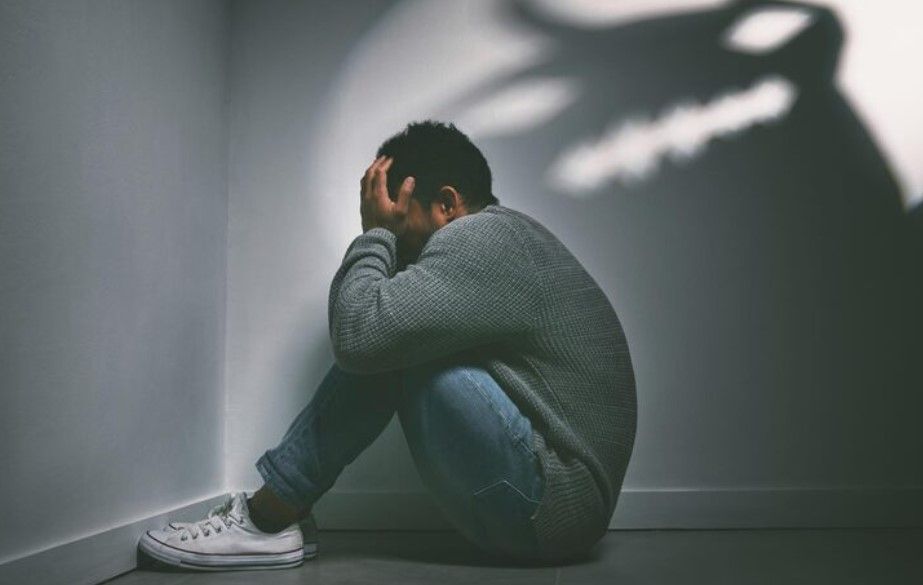Breaking the Cycle: How Early Intervention Can Prevent Generational Violence
Introduction: Violence Doesn’t Begin in a Vacuum
Generational violence—patterns of abuse, neglect, or aggression passed from one generation to the next—is not inevitable. It’s learned, normalized, and often reinforced by silence, trauma, and systemic failure. But it can be interrupted. Early intervention offers a powerful opportunity to disrupt these cycles before they become legacy, transforming pain into possibility.
This isn’t just about stopping violence. It’s about building resilience, restoring dignity, and creating environments where healing becomes the norm—not the exception.

The Psychology of the Cycle: How Violence Is Transmitted
Children exposed to violence—whether physical, emotional, or environmental—often internalize it as a model for relationships, conflict resolution, and self-worth.
Without intervention, these patterns can manifest in adulthood as:
- Aggression or emotional dysregulation
- Difficulty forming healthy attachments
- Increased risk of substance use or criminal behavior
- Perpetuation of abuse in intimate or familial relationships
The cycle is not just behavioral—it’s neurological. Chronic exposure to violence alters brain development, stress responses, and emotional processing. But the brain is also plastic. With timely support, these patterns can be rewired.
What Early Intervention Looks Like
Early intervention is not a single program—it’s a layered, proactive approach that meets individuals and families where they are. Key components include:
- Trauma-informed care: Recognizing signs of trauma and responding with empathy, not punishment
- Parenting support: Teaching nonviolent discipline, emotional regulation, and attachment-building
- School-based programs: Promoting social-emotional learning, conflict resolution, and peer support
- Community outreach: Engaging trusted leaders to identify at-risk families and offer culturally responsive resources
- Mental health services: Providing accessible counseling, especially for children and caregivers navigating stress or grief
These interventions don’t just prevent harm—they build protective factors that buffer against future adversity.
The Role of Systems: From Reactive to Preventive
Too often, systems respond to violence after it escalates—through law enforcement, child protective services, or emergency care. Early intervention flips the script, shifting focus from crisis response to prevention. This requires:
- Cross-sector collaboration: Schools, healthcare providers, social workers, and justice systems working in tandem
- Data-informed strategies: Using community-level indicators to target resources where they’re needed most
- Policy reform: Funding early childhood programs, mental health access, and violence prevention initiatives
- Equity lens: Addressing root causes like poverty, discrimination, and historical trauma that compound risk
When systems align around prevention, they become engines of healing—not just accountability.
Breaking the Cycle: Stories of Change
Across the globe, early intervention programs have shown measurable impact:
- In New Zealand, the Family Start program reduced child abuse rates by integrating home visits with parenting education.
- In the U.S., Nurse-Family Partnership improved maternal mental health and reduced behavioral issues in children.
- In the Philippines, community-based initiatives like Barangay Peace Councils have helped mediate domestic conflicts before escalation.
These models prove that change is possible—not through punishment, but through presence, partnership, and persistence.
Conclusion: Prevention Is a Form of Justice
Breaking the cycle of generational violence is not just a therapeutic goal—it’s a moral imperative. It demands that we see violence not as isolated incidents, but as symptoms of deeper disconnection. And it calls us to respond not with fear, but with foresight.
Early intervention is how we rewrite the story—one where children grow up safe, families heal together, and communities become places of restoration, not repetition.
Because the cycle ends when we choose to begin again—with care, courage, and commitment.
CATEGORIES












